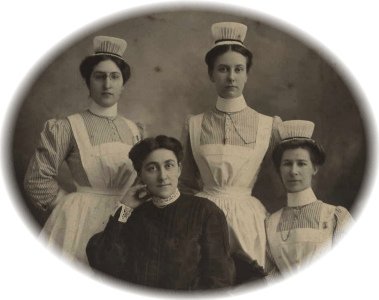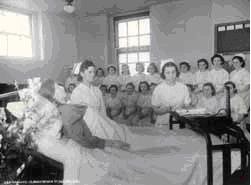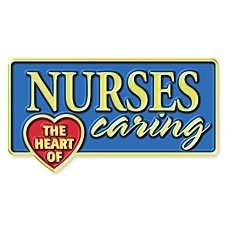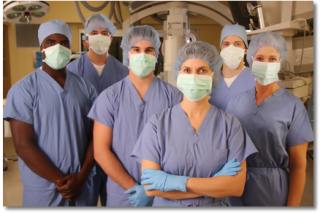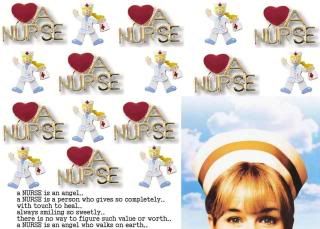Sense of Belonging - Ownership – security usage and maintenance
Sense of Guilt - Aware and realize the effect of failure for not fulfilling expectations or observing correct form guideline or procedures
Sense of Sin - Realized , acknowledge and regret of whatever wrong doings.
Sense of Shame - Having strong believe in protecting and preserving self – esteem and self – pride from moral decadence as a result of wrong doings ( written and unwritten rules and practices )
Pioneer Nurses of West Virginia
Pioneer Nurses of West Virginia, the first online to honor the Pioneer Nurses of West Virginia, is in conjunction with my other West Virginia sites that memorialize our ancestors, as well as the history of West Virginia.
For the purposes of this website, the Pioneer Nurses are those who were nurses in
Also included here are the nurses from
But this site will NOT be limited to only those nurses (pre-1935) who were "registered." There were MANY early nurses who practiced as nurses but were never licensed. Some graduated from organized schools of nursing and others studied under a physician. Legally, if they didn't get a license when it became a requirement, they weren't registered nurses - - but they were, indeed, nurses. They will be included in a separate section.
Visitors to this site are invited to submit photos and biographies of the nurses.
Submitted by
Linda Cunningham Fluharty RN.
 The Zwerdling Nursing Archives
The Zwerdling Nursing Archives
The History of Nursing Education
Nursing Schools in Nova Scotia
 At first enrolments in nursing schools were very small, but by the beginning of the twentieth century it became apparent that the hospital trained nurse would dominate the field and the number of nursing schools and nursing students quickly increased. The greatest expansion of nursing schools in
At first enrolments in nursing schools were very small, but by the beginning of the twentieth century it became apparent that the hospital trained nurse would dominate the field and the number of nursing schools and nursing students quickly increased. The greatest expansion of nursing schools in
Hospital administrators immediately began to recognize the improvements the trained nurses were making to patient care, and began to replaced their untrained nursing staff with student nurses, who spent two or three years working in the hospital wards in exchange for training and certification. This system of staffing hospitals and training nurses not only enabled the
